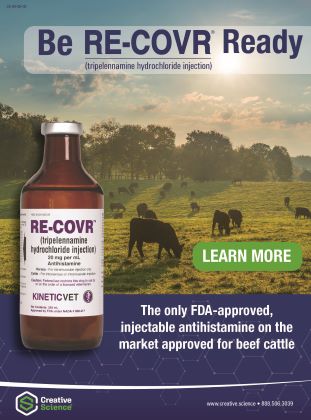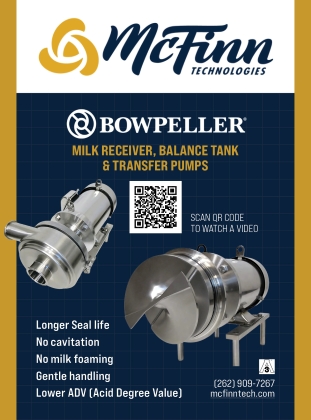Articles
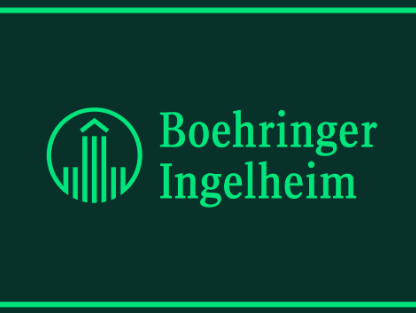
Modern Dry-off Success: Four Trends Driving Better Cow Care
Modern Dry-off Success: Four Trends Driving Better Cow Care How these forward-thinking dairies are solving today’s dry-off challenges. DULUTH, Ga. (Dec. 3, 2025) — Today’s dry-off challenges look different than those of the past. More cows are entering the dry period at higher production levels — a sign of progress, but one that brings added considerations […]
READ MORE
The Immunity Gap Bridged
The Immunity Gap Bridged Arkion Life Sciences introduces New Test to Measure the Antibodies in Early Calf Nutrition Products Arkion Life Sciences will introduce the dairy industry’s first analytic test that determines the presence and relative amounts of antibodies in early calf nutrition products such as colostrum, colostrum replacer, milk, and milk replacer. The […]
READ MORE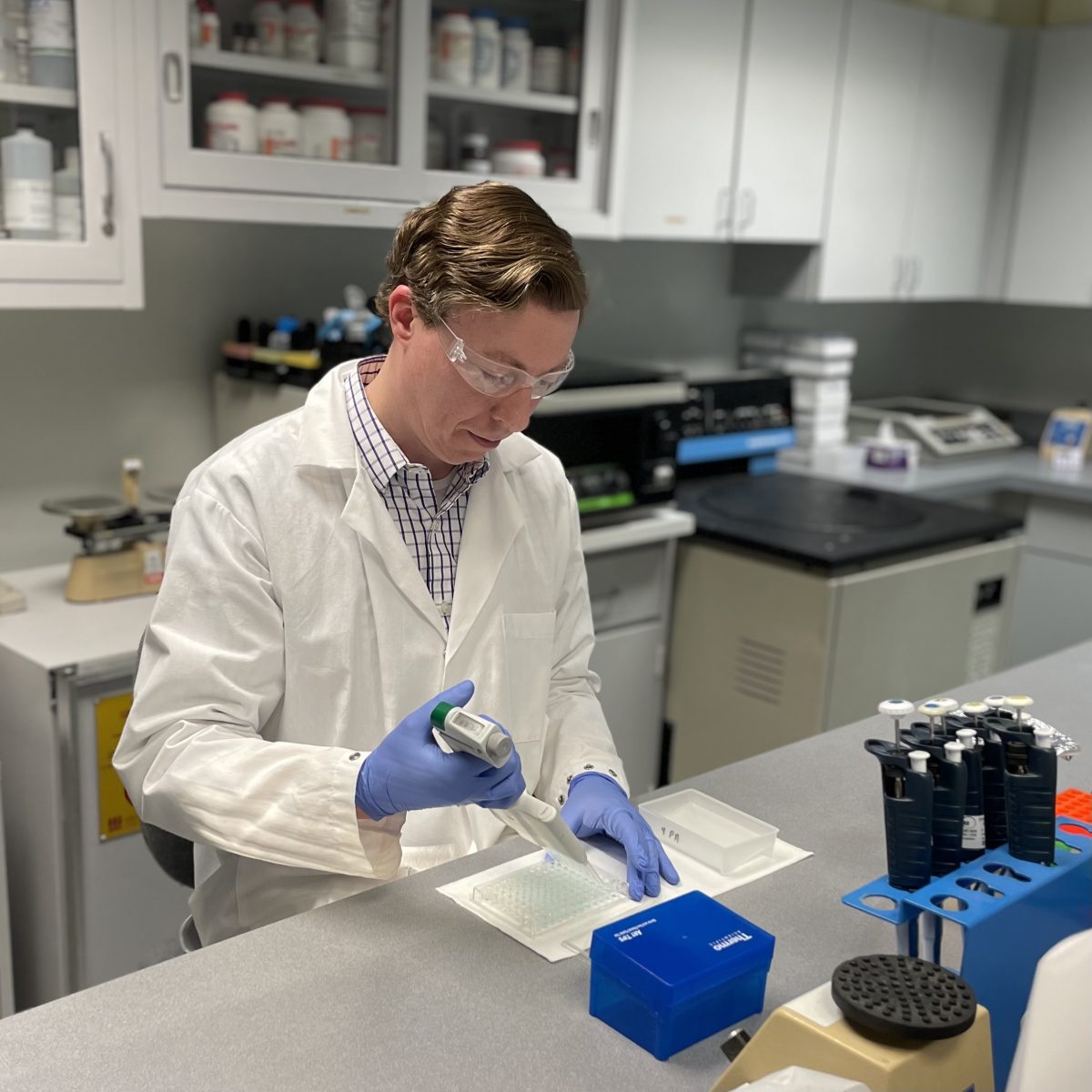
The Immunity Gap Bridged
The Immunity Gap Bridged Arkion Life Sciences introduces New Test to Measure the Antibodies in Early Calf Nutrition Products Arkion Life Sciences will introduce the dairy industry’s first analytic test that reveals the presence and relative amounts of antibodies in early calf nutrition products, such as colostrum, colostrum replacer, milk, and milk replacer. The IgScan™ […]
READ MORE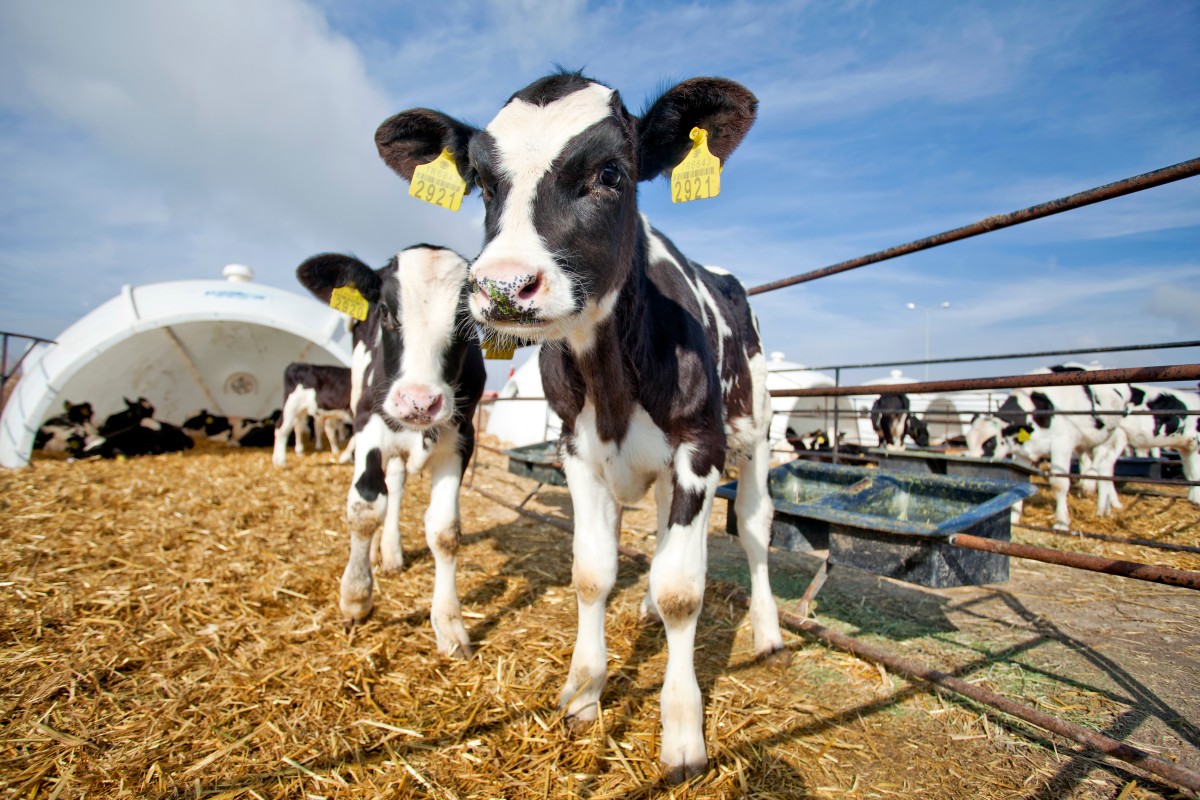
Strategies to Combat Calf Scours
Strategies to Combat Calf Scours Calf scours is the single most significant health threat to a calf in its first month of life, and it represents a direct correlation to your on-farm profits. For this reason, getting calves off to a healthy start should be a high priority during the upcoming calving season. Scours pose […]
READ MORE

